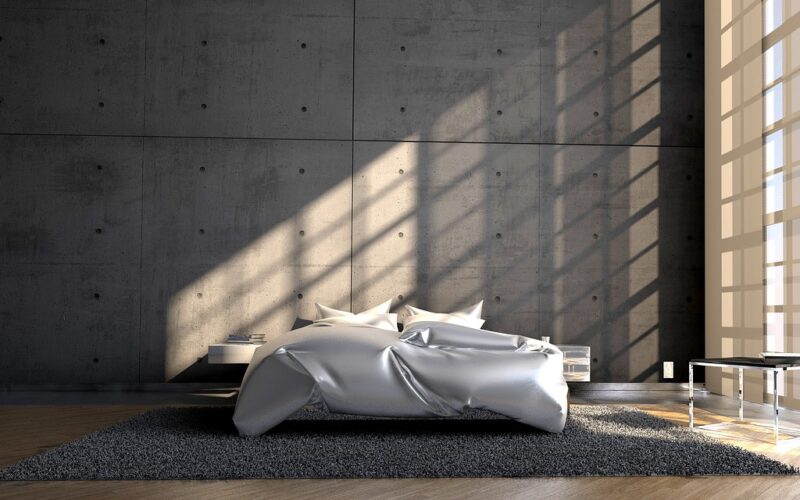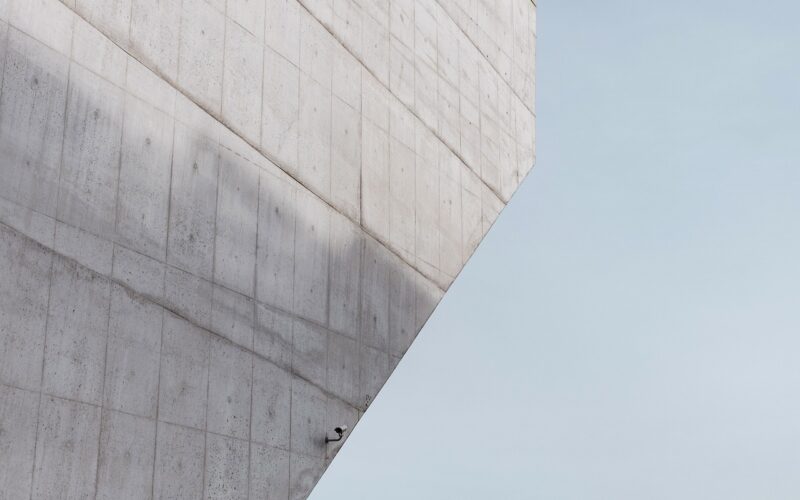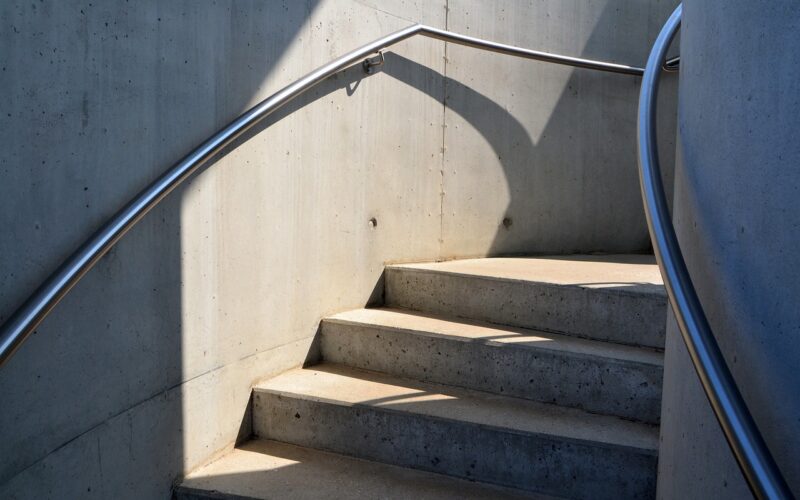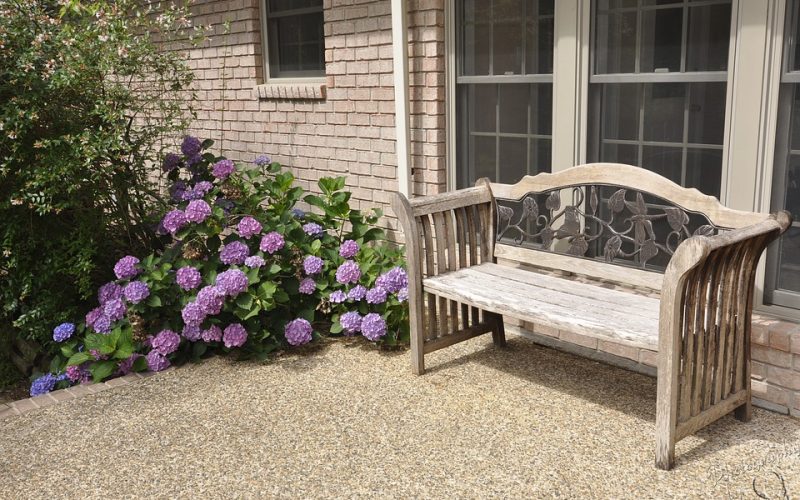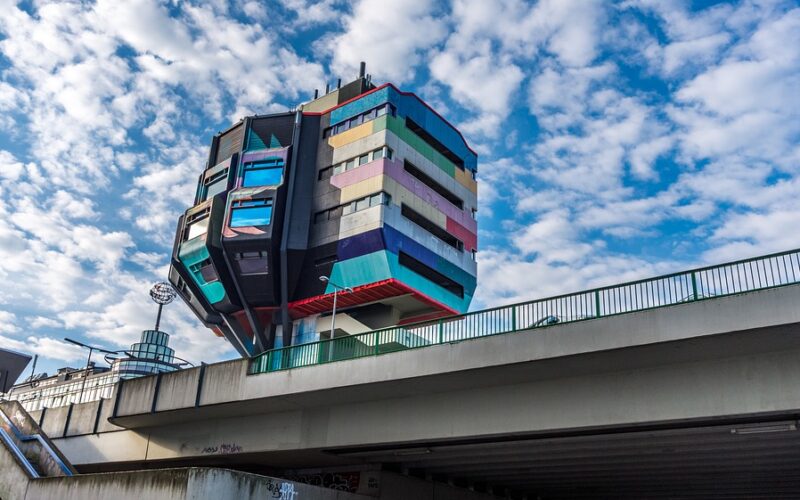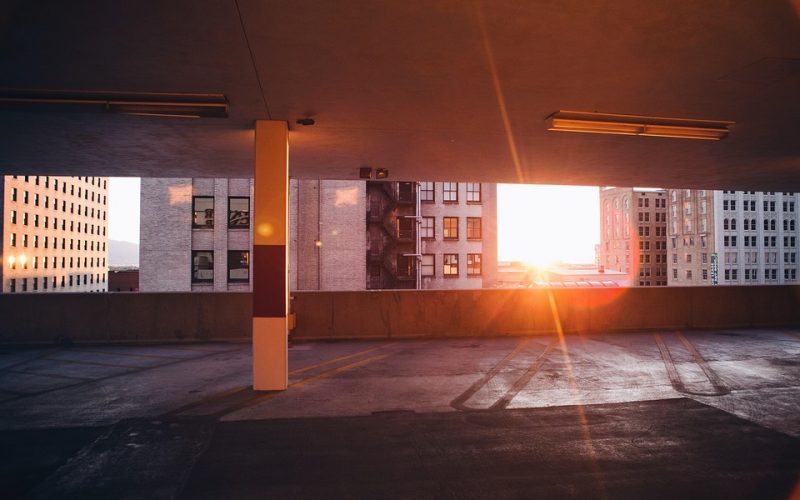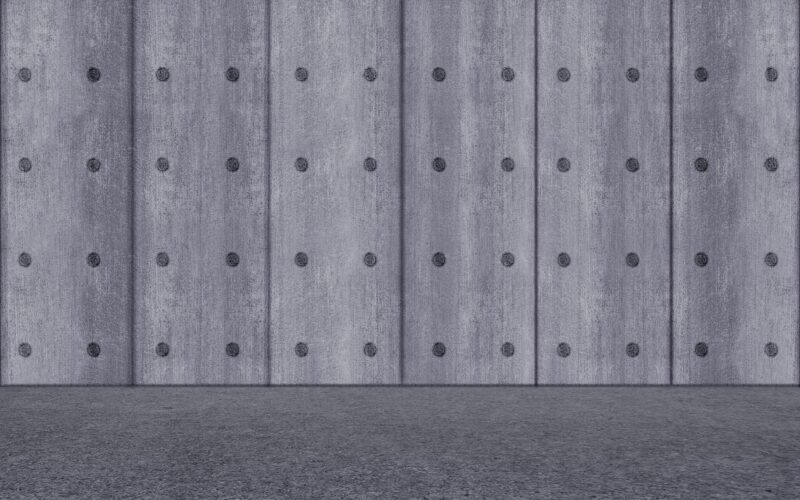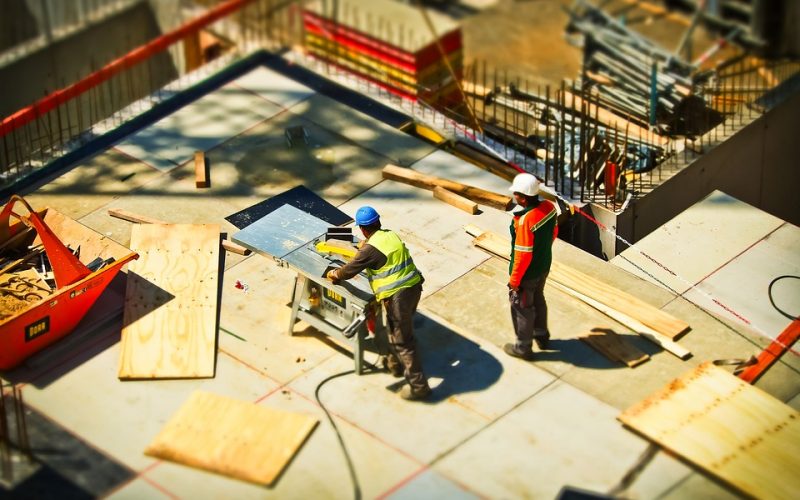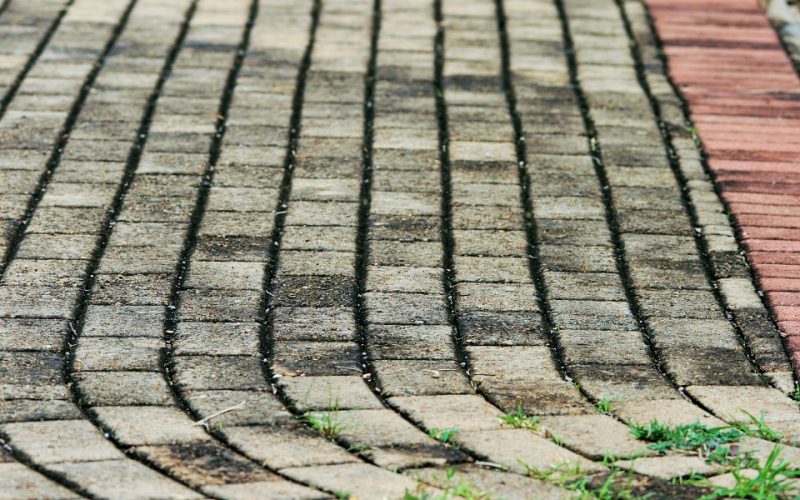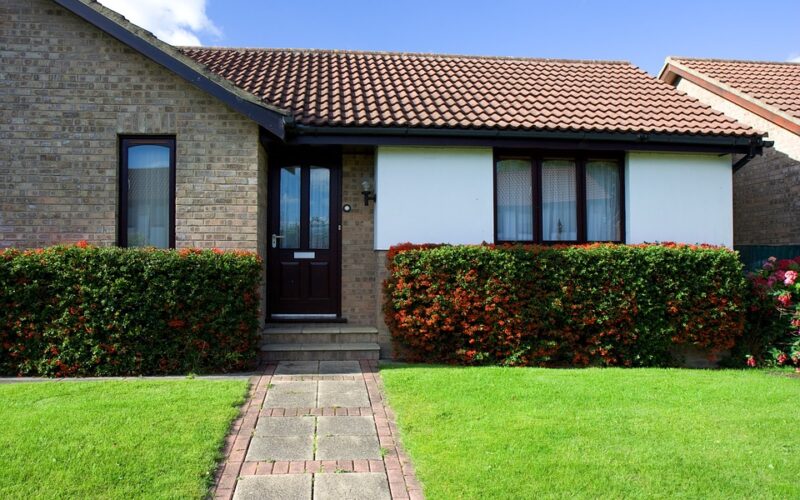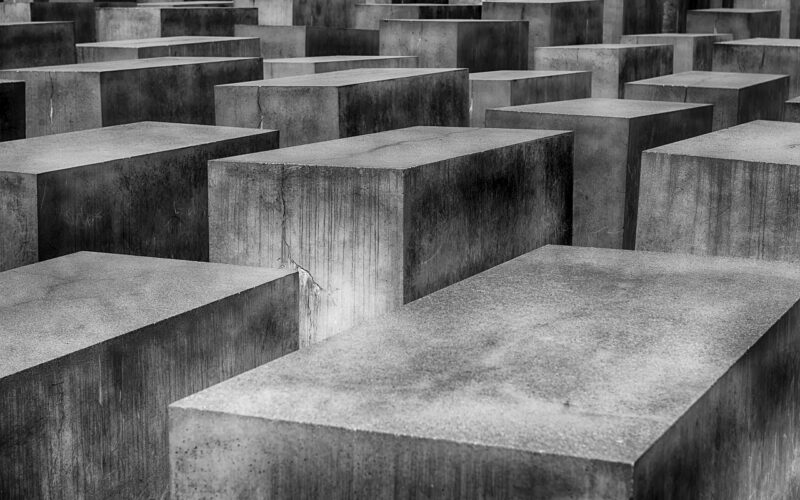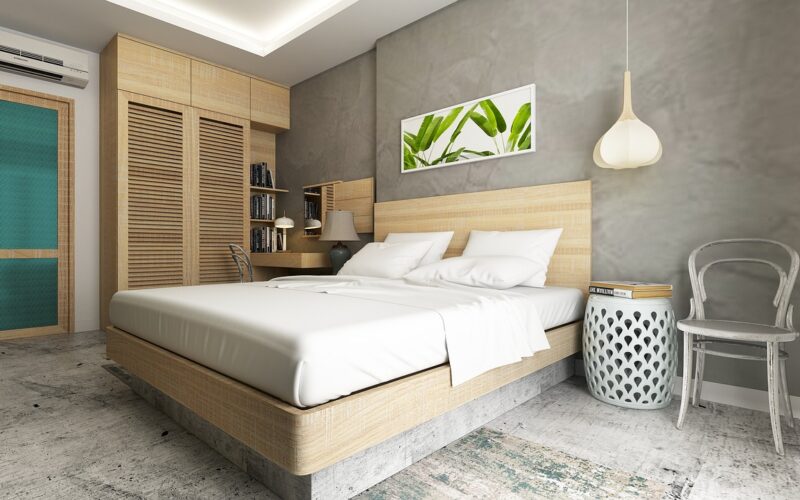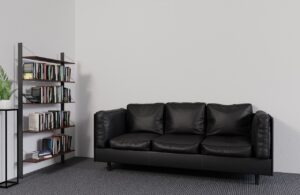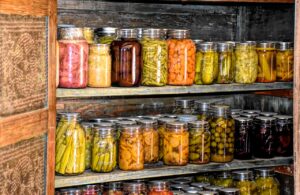How Concrete Revolutionised Construction
For centuries, mankind has been looking for ways to build faster and stronger structures. But it was not until the invention of concrete in 1756 that construction projects around the world began taking off like never before. From bridges to skyscrapers, concrete can be found in virtually every modern building, making it one of the most important materials used in construction today.
Overview of the history of concrete
Concrete, a material made by mixing cement, water, and aggregates, has a rich and fascinating history. While the ancient Romans are often credited with discovering concrete, evidence of its use has been found in civilisations dating back to ancient Egypt and Mesopotamia. Over the years, concrete has been used for everything from building the Colosseum in Rome to creating the Hoover Dam in the United States. Today, concrete remains an integral part of modern construction and infrastructure, from highways and bridges to skyscrapers and stadiums. Looking back on its history, it's clear that concrete has stood the test of time, and will continue to do so for years to come.
Benefits and advantages of using concrete
Concrete is a material that has revolutionised the construction industry. Its advantages and benefits are immense. Perhaps the most significant benefit is its durability. Concrete structures are known to last for many years without requiring much maintenance and repair. This makes it very cost-effective in the long run. Moreover, concrete is a versatile material that can be shaped and moulded to fit any design, making it ideal for use in both residential and commercial buildings. Additionally, concrete is very resistant to fire, wind, and water damage, hence its widespread use in homes and buildings located in areas prone to natural disasters. Finally, the material is widely available and relatively easy to work with, making it one of the most popular choices for builders all over the world.
Different types of concrete used in constructio projects
Concrete is an incredibly versatile building material that has been used for thousands of years. However, not all concrete is created equal, and there are many different types of concrete that are used in building and design projects around the world. Some of the most common varieties of concrete include Portland cement, self-compacting concrete, high-strength concrete, polymer concrete, and many others. Each of these different types of concrete has its own unique properties and characteristics, making it suitable for a wide variety of applications. Whether you're building a skyscraper or a small garden wall, finding the right type of concrete is an essential part of creating a successful and long-lasting structure.
How pre-stressed concrete is changing the game
Pre-stressed concrete has been a game-changer in the world of architecture and design. By introducing tension into the concrete during the curing process, this innovative material can achieve greater strength and durability than traditional concrete. The result? Engineers and designers have greater flexibility to create larger, more complex structures that would have been unthinkable before. From towering skyscrapers to expansive bridges, pre-stressed concrete is being used to create awe-inspiring structures that not only push the limits of engineering, but also transform the skylines of our cities. As research and technology continue to develop, it's exciting to think about the possibilities that pre-stressed concrete will unlock for future generations of architects and designers. The opportunities are endless, and the only limit is our imaginations.
Eco-friendly ways to utilise concrete
Concrete is an essential construction material with unparalleled durability and versatility. However, its production and usage have a significant environmental impact. Fortunately, there are eco-friendly ways to embrace concrete into your project design. One way is to use concrete with recycled components such as slag and fly ash, which redirects waste from landfills and reduces the use of natural resources. Another option is to mix concrete with supplementary cementitious materials like ash, which also cuts down on greenhouse gas emissions. Additionally, incorporating green roofs and walls can improve building insulation and reduce energy consumption, while using permeable concrete can mitigate storm water runoff and improve water quality. By implementing these eco-friendly practices, you can make your construction project both durable and sustainable.
